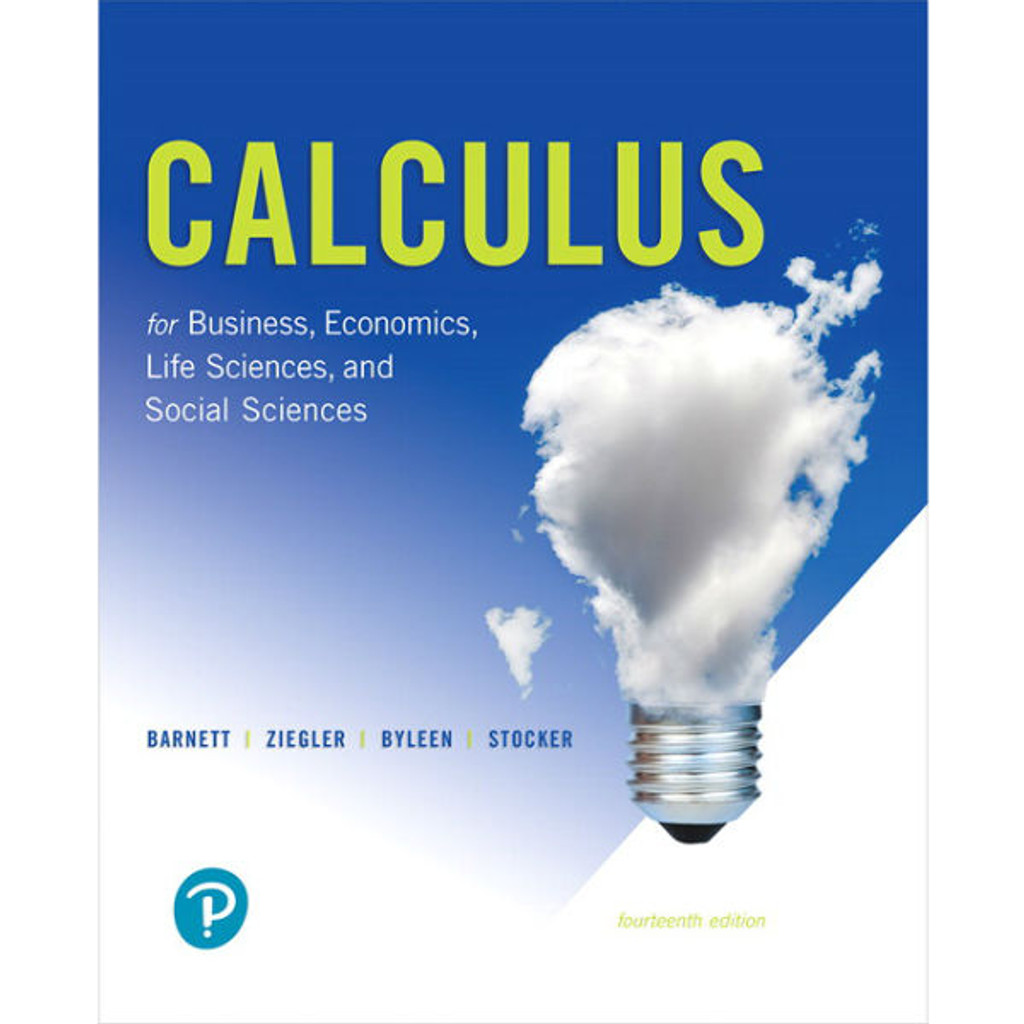Statistics for business and economics 14th edition – Statistics for Business and Economics, 14th Edition provides a comprehensive introduction to the field of statistics, with a focus on applications in business and economics. The book begins with an overview of the importance of statistics in decision-making, and then covers a wide range of topics, including descriptive statistics, probability, inferential statistics, regression analysis, and time series analysis.
This book is written in a clear and concise style, and it includes numerous examples and exercises to help students understand the concepts.
This book is an essential resource for students and professionals in business and economics who want to learn how to use statistics to make informed decisions.
1. Introduction to Statistics for Business and Economics: Statistics For Business And Economics 14th Edition

Statistics is the science of collecting, analyzing, interpreting, and presenting data. It is a powerful tool that can be used to make informed decisions in business and economics.
Data is essential for making good decisions. It provides information about the past and present, and it can be used to predict the future. Statistics helps us to make sense of data by providing tools for organizing, summarizing, and analyzing it.
Types of Statistical Methods
- Descriptive statistics: Used to describe the characteristics of a data set.
- Inferential statistics: Used to make inferences about a population based on a sample.
- Regression analysis: Used to predict the value of one variable based on the values of one or more other variables.
- Time series analysis: Used to analyze data that is collected over time.
2. Descriptive Statistics
Descriptive statistics provides measures of central tendency and dispersion. Measures of central tendency describe the average value of a data set, while measures of dispersion describe how spread out the data is.
Measures of Central Tendency
- Mean: The average value of a data set.
- Median: The middle value of a data set.
- Mode: The most frequently occurring value in a data set.
Measures of Dispersion, Statistics for business and economics 14th edition
- Range: The difference between the largest and smallest values in a data set.
- Variance: A measure of how spread out the data is around the mean.
- Standard deviation: The square root of the variance.
3. Probability

Probability is the study of the likelihood of events. It is used in business and economics to make predictions about the future.
Concepts of Probability
- Conditional probability: The probability of an event occurring given that another event has already occurred.
- Independence: Two events are independent if the occurrence of one event does not affect the probability of the other event occurring.
Probability Distributions
- Binomial distribution: Used to model the number of successes in a sequence of independent experiments.
- Normal distribution: Used to model continuous data.
- Poisson distribution: Used to model the number of events that occur in a fixed interval of time or space.
4. Inferential Statistics

Inferential statistics allows us to make inferences about a population based on a sample. This is done through the use of hypothesis testing and confidence intervals.
Hypothesis Testing
- Null hypothesis: The hypothesis that there is no difference between the population and the sample.
- Alternative hypothesis: The hypothesis that there is a difference between the population and the sample.
Confidence Intervals
- A confidence interval is a range of values that is likely to contain the true population parameter.
5. Regression Analysis
Regression analysis is a statistical technique that is used to predict the value of one variable based on the values of one or more other variables.
Types of Regression Analysis
- Simple regression: Used to predict the value of one variable based on the value of one other variable.
- Multiple regression: Used to predict the value of one variable based on the values of two or more other variables.
6. Time Series Analysis
Time series analysis is a statistical technique that is used to analyze data that is collected over time.
Time Series Models
- ARIMA (Autoregressive Integrated Moving Average): A model that is used to forecast future values of a time series.
- SARIMA (Seasonal Autoregressive Integrated Moving Average): A model that is used to forecast future values of a time series that has a seasonal component.
7. Applications of Statistics in Business and Economics

Statistics is used in a wide variety of applications in business and economics.
Applications in Marketing
- Market research: Used to collect data about consumer preferences and behavior.
- Sales forecasting: Used to predict future sales.
Applications in Finance
- Risk assessment: Used to assess the risk of investing in a particular asset.
- Portfolio optimization: Used to create a portfolio of assets that has the desired risk and return characteristics.
FAQ Explained
What are the key features of Statistics for Business and Economics, 14th Edition?
The key features of Statistics for Business and Economics, 14th Edition include:
- A clear and concise explanation of the fundamental concepts of statistics
- Numerous examples and exercises to help students understand the material
- Coverage of a wide range of topics, including descriptive statistics, probability, inferential statistics, regression analysis, and time series analysis
- An emphasis on applications in business and economics
Who is the target audience for Statistics for Business and Economics, 14th Edition?
The target audience for Statistics for Business and Economics, 14th Edition is students and professionals in business and economics who want to learn how to use statistics to make informed decisions.
What are the benefits of using Statistics for Business and Economics, 14th Edition?
The benefits of using Statistics for Business and Economics, 14th Edition include:
- A better understanding of the fundamental concepts of statistics
- The ability to use statistics to make informed decisions
- A competitive advantage in the job market